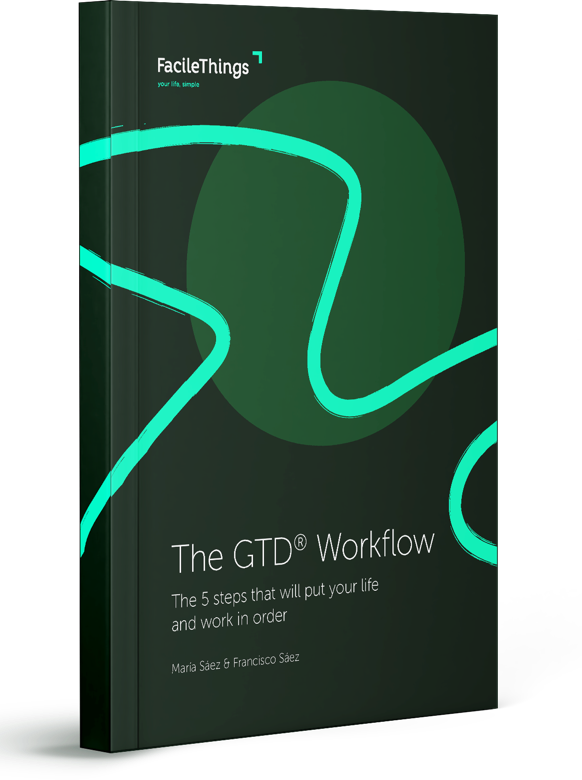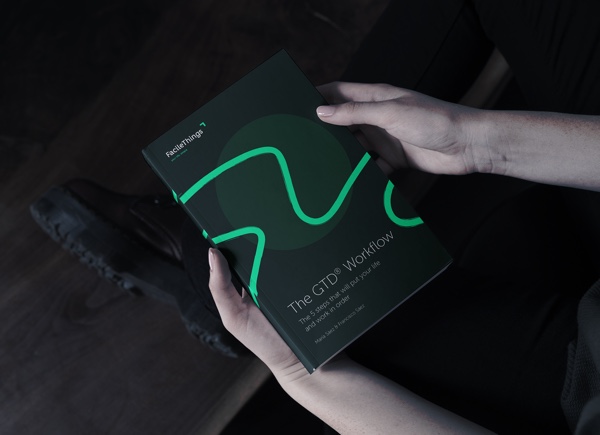Personal Productivity
Work-Life Balance: Navigating the Future of 2025 and Beyond
AUTHOR: María Sáez
In today’s rapidly changing world, achieving a balance between work and personal life remains a top priority for professionals globally. As we navigate through 2025, hybrid work, AI integration, and mental well-being are reshaping how we perceive and manage work-life balance. This article provides insights and practical tips for maintaining an equilibrium amidst these evolving trends.
The Hybrid Work Revolution
The concept of hybrid work has gained significant traction, transforming how we approach our professional lives. According to a recent Radancy report, 83% of employees prioritize work-life balance over compensation. This shift underscores the flexible work model’s popularity, blending remote and in-office environments.
Hybrid work offers several benefits, including reduced commute times and increased productivity. However, it also presents challenges such as blurred boundaries between work and home, making it crucial to establish clear lines. Here are some strategies for setting effective boundaries:
- Designate a specific workspace to mentally distinguish professional duties from personal time.
- Set specific work hours and communicate them to colleagues and family members.
- Utilize digital tools to organize tasks and maintain a structured routine.
AI and Automation: Reshaping Work-Life Dynamics
Artificial intelligence continues to redefine job roles and responsibilities, with 82% of executives planning to implement some degree of remote work, according to a Gartner survey in 2025. AI-driven tools are playing a pivotal role in optimizing tasks, offering personalized work schedules and reducing mundane, repetitive processes.
Despite these advancements, it’s essential to balance AI integration with human-centric approaches. Incorporating AI shouldn’t compromise the personal touch required in certain job functions. Professionals should aim to:
- Identify areas where AI can streamline processes to save time for more creative tasks.
- Seek AI-powered tools that can adapt to individual work styles and productivity patterns.
- Continuous upskilling to remain relevant in an AI-driven workplace.
The Four-Day Workweek: A New Paradigm
Discussions on the four-day workweek have gained momentum, with companies like Microsoft Japan experiencing a 40% increase in productivity when adopting this model. Although exciting, implementing a shorter workweek across industries presents logistical challenges. Nonetheless, the benefits include heightened employee satisfaction and reduced stress levels.
Consider the following aspects when contemplating a reduced workweek:
- Evaluate industry-specific demands to determine feasibility and potential impact on productivity.
- Analyze team dynamics and customer needs to ensure service levels are maintained.
- Conduct pilot studies to gauge the effectiveness and gather employee feedback.
Mental Health and Well-being at the Forefront
Mental health and well-being have taken center stage as employers recognize their impact on work performance. Recent data from Gallup indicates that only 51% of U.S. employees feel they are thriving in their personal lives, highlighting the urgency of integrating wellness programs into corporate culture.
Innovative wellness programs are addressing challenges such as burnout and stress by offering:
- Access to mental health resources and counseling services.
- Flexible schedules to accommodate personal well-being needs.
- Workshops and training focused on stress management and mindfulness.
Diversity, Equity, and Inclusion (DEI) in Work-Life Balance
Tailoring work-life balance strategies to diverse workforce needs is crucial for promoting inclusion in the modern workplace. Companies are adopting policies that cater to varied life stages and circumstances, ensuring equitable opportunities for all employees. These policies may include:
- Parental leave extensions and childcare support.
- Flexible work arrangements for caregivers.
- Programs supporting the career advancement of underrepresented groups.
The Gig Economy and Work-Life Balance
The gig economy has transformed traditional employment models, offering unparalleled flexibility but also posing challenges in achieving financial stability and work-life balance. Freelancers must navigate the unpredictability of gig work while ensuring a steady income. Success in the gig economy involves:
- Building a diverse portfolio of clients to reduce income dependency on a single source.
- Setting clear goals and boundaries to manage workload and prevent burnout.
- Utilizing digital platforms to streamline contract management and invoicing.
Technology and Digital Detox
Technology is both a facilitator and a hindrance to work-life balance. While advancements enable seamless communication and productivity, they also contribute to digital fatigue. Adopting digital well-being practices can be beneficial. Consider:
- Implementing regular “tech-free” periods to recharge and reconnect with personal interests.
- Setting notifications to focus on important tasks without digital disruptions.
- Utilizing apps designed to track and improve screen time management.
Conclusion
As we navigate the future of work in 2025 and beyond, achieving work-life balance remains a dynamic challenge that requires adaptability and proactive management. Whether through embracing hybrid work, leveraging AI, or committing to mental well-being, individuals and organizations must continuously evolve their approaches to maintain harmony in an ever-changing landscape.
For those seeking structured systems, the Getting Things Done (GTD) method offers an effective framework to organize tasks and priorities, fostering greater control and reducing stress. Tools like FacileThings help implement this method from scratch and bring people closer to achieving that desired work-life balance.






No comments